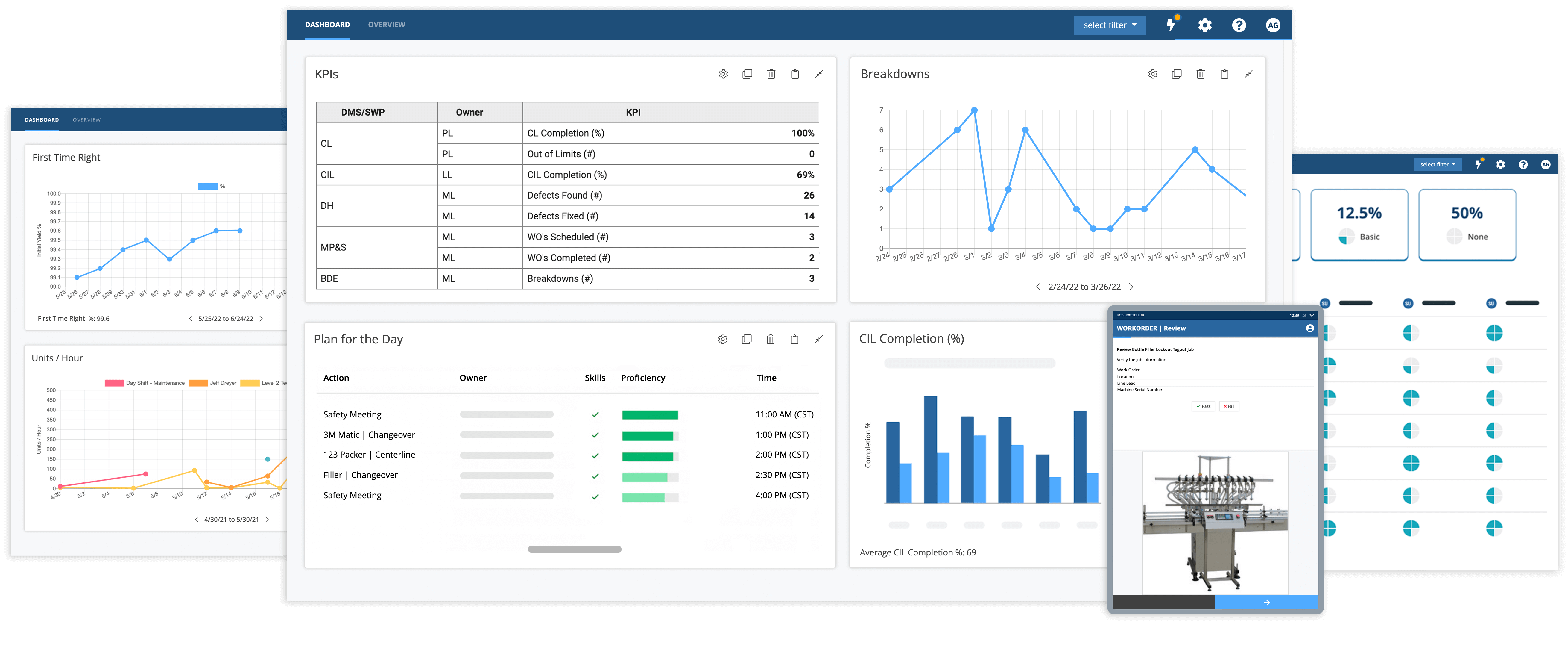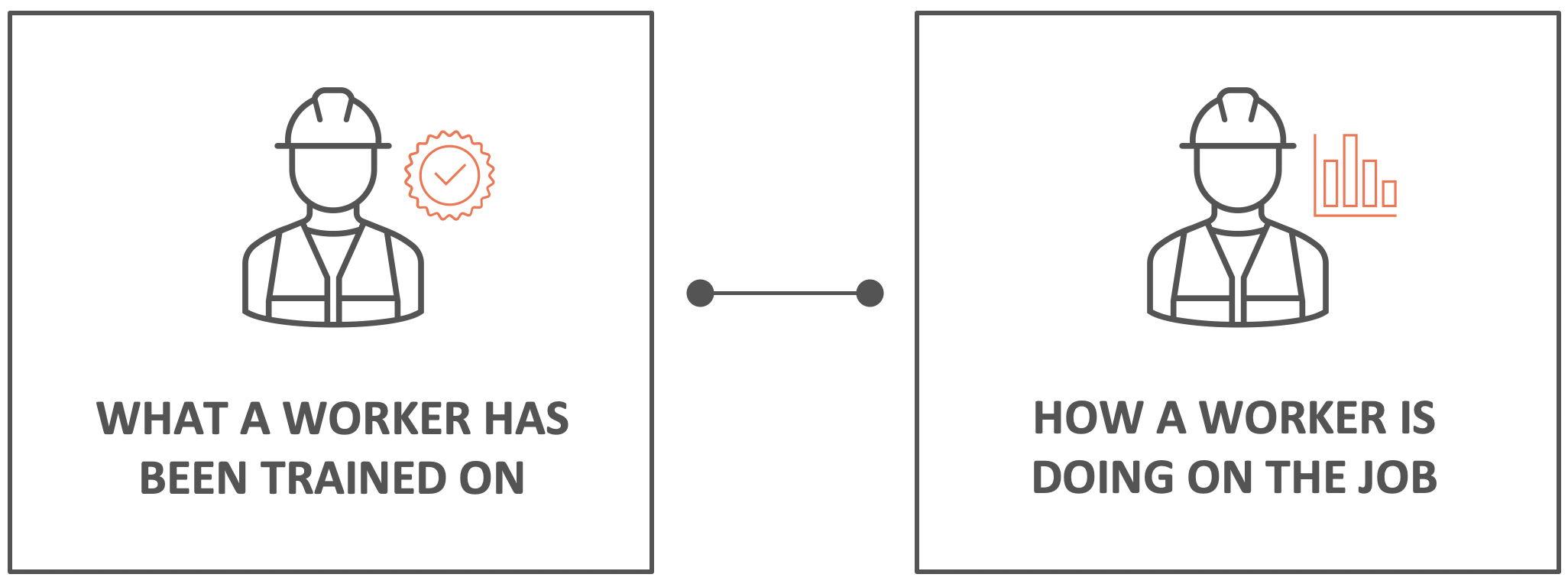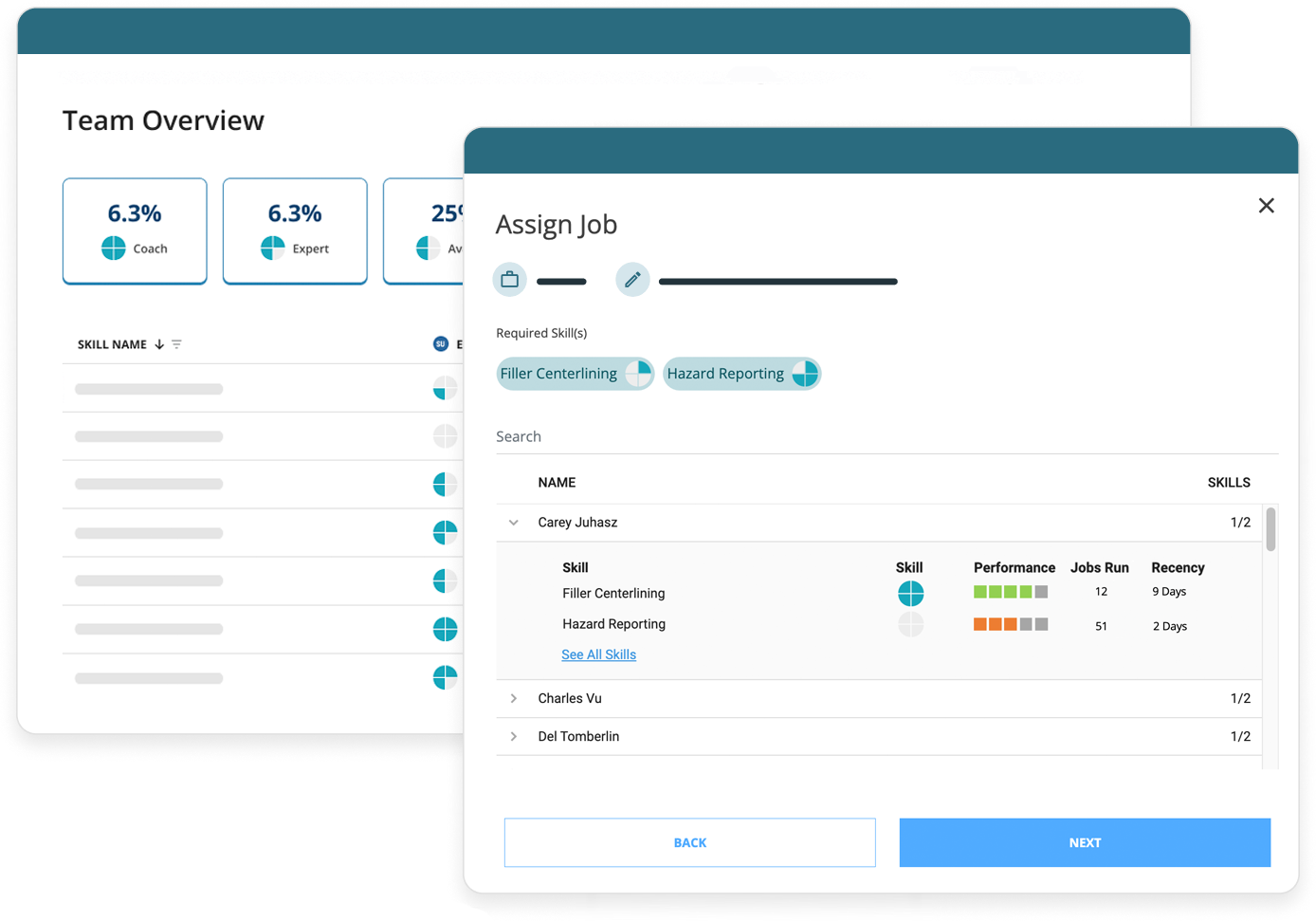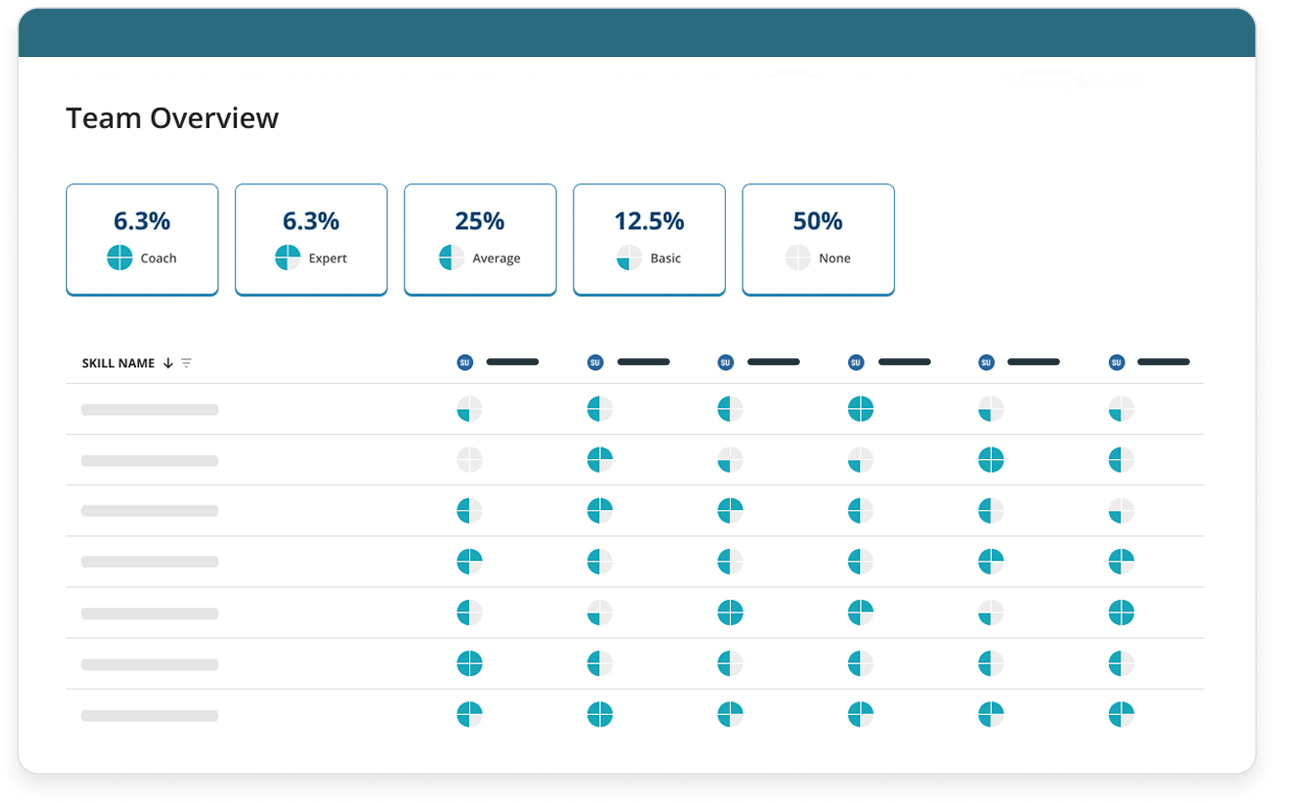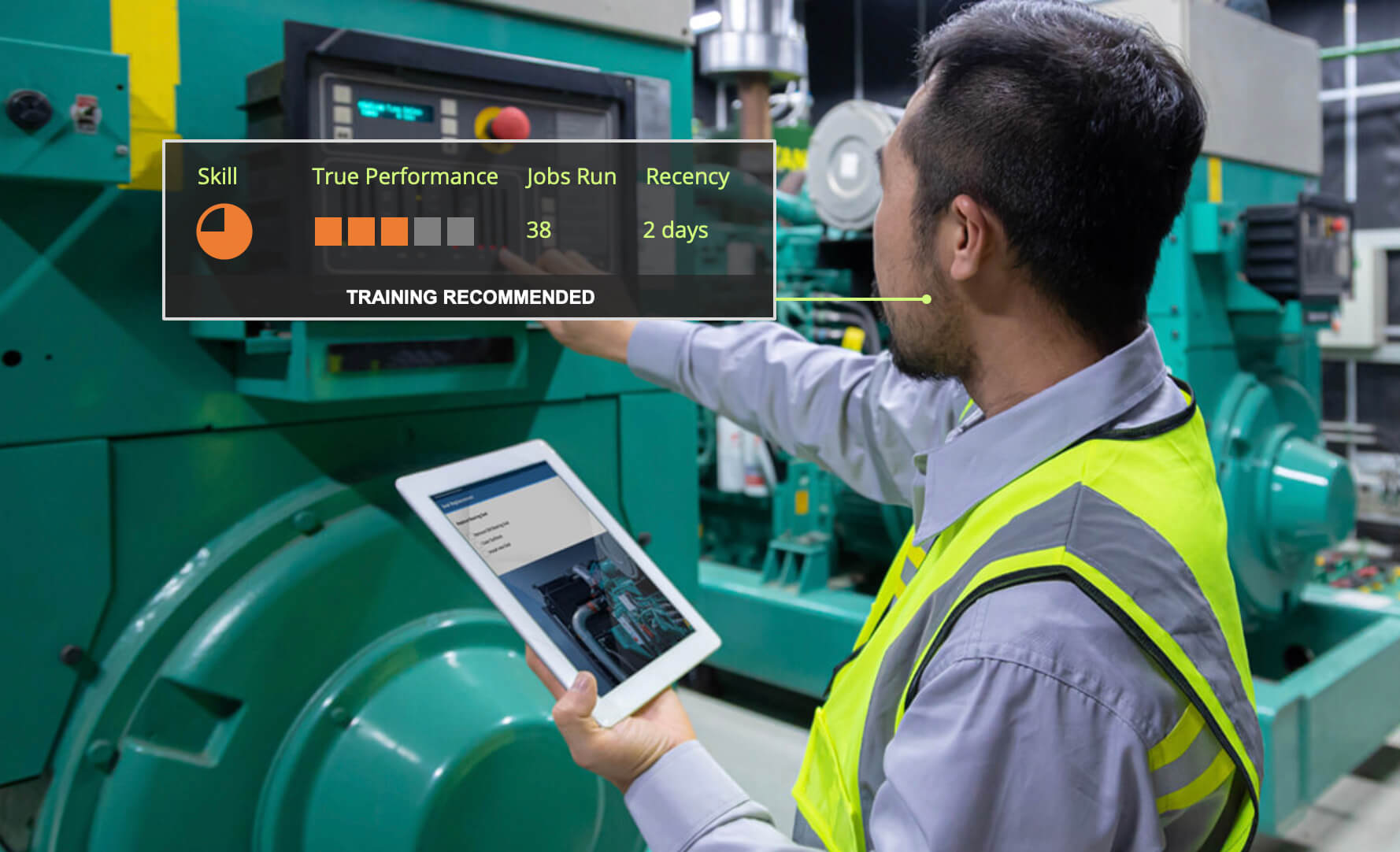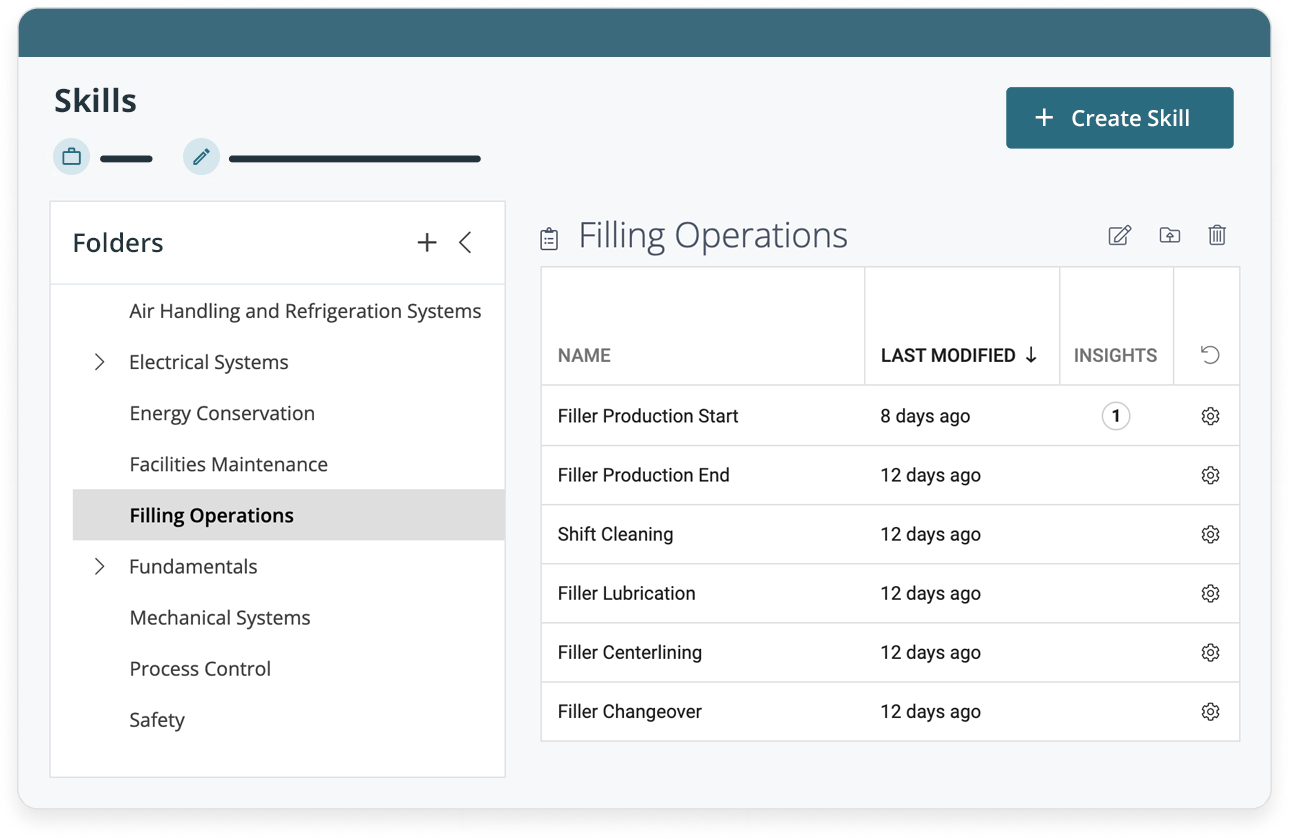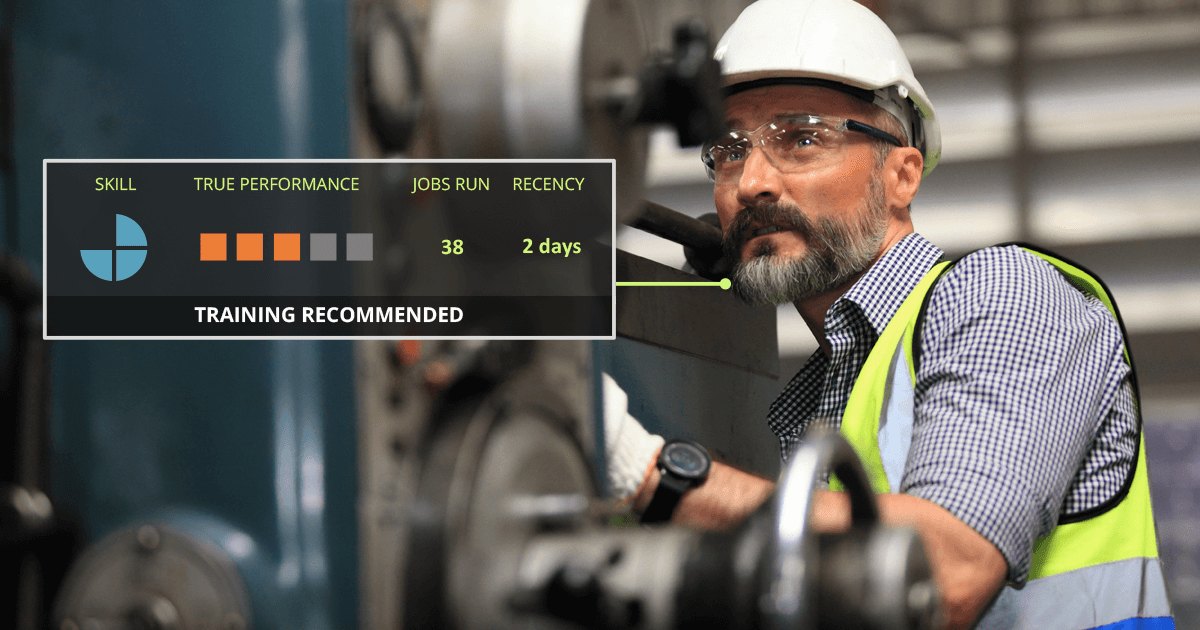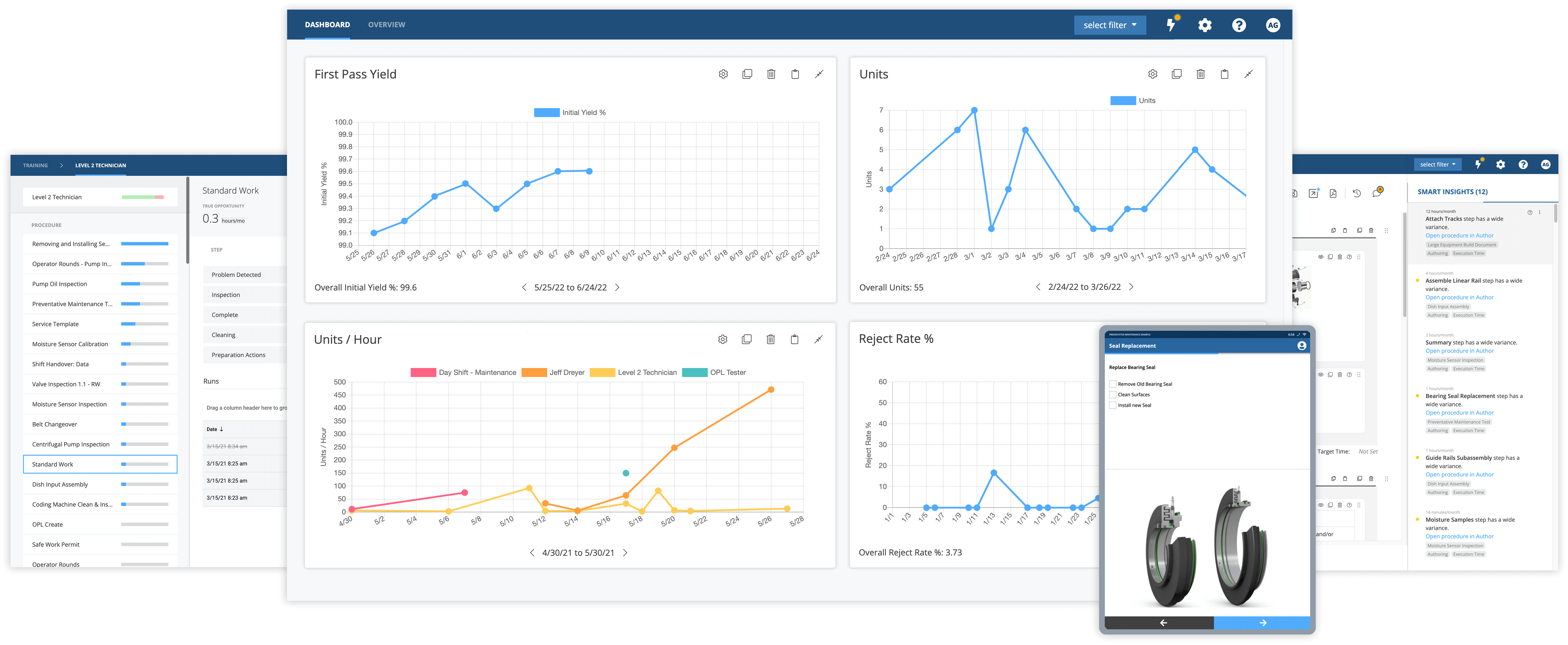August 13, 2021
Augmentir was recently recognized by Gartner in four separate Hype Cycle reports that cover technology innovation in manufacturing. These four reports include:
- Hype Cycle for Manufacturing Digital Transformation and Innovation, 2021
- Hype Cycle for Manufacturing Operations Strategy, 2021
- Hype Cycle for Manufacturing Digital Optimization and Modernization, 2021
- Hype Cycle for Frontline Worker Technologies, 2021
In these reports, Gartner highlights Augmentir as a key software vendor in the Connected Factory Worker and Immersive Experiences in Manufacturing Operations categories.
- Connected Factory Worker: Connected factory workers use various digital tools to improve the safety, quality, and productivity of the jobs they perform. This technology helps connect workers to the “digital fabric” of the business, providing insight into the tasks they perform so that they can be optimized and continually improved on.
- Immersive Experiences in Manufacturing Operations: According to Gartner, immersive experiences refer to enabling the perception of being physically present in a nonphysical world or enriching people’s presence in the physical world with content from the virtual world. Gartner sees using immersive experiences for quality and maintenance tasks, remotely connecting and collaborating with employees that are not able to be on-site, or wearables for safety management.
These hype cycle reports and innovation profiles are provided by Gartner to help organizations decide which new innovations and technology to adopt, as well as what value they can provide to their manufacturing operations.
Digital Transformation in Manufacturing
According to Gartner, the manufacturing industry is being transformed by new business models and strategic, innovative technologies that fit within Industrie 4.0. Manufacturers can capitalize on advancements made in artificial intelligence (AI), visualization, collaboration, and greater connectivity across enterprises.
This was the focus in Gartner’s recently published reports, which revealed opportunities for manufacturing leaders to gain business advantages through concepts and technologies that improve productivity and decision making. Besides adding value to manufacturing businesses, they increase windows of competitive advantage.
The Connected Worker – A first step for Digital Transformation in Manufacturing
Manufacturers are beginning to recognize just how integral frontline workers are to their company’s digital fabric and that overlooking these workers has caused their digital transformation efforts to fall short of their objectives.
These same industry leaders are now investing in an integrated approach – empowering their frontline teams with connected worker solutions that utilize technology such as mobile and wearable devices, augmented and mixed reality (AR/MR), remote collaboration tools, and artificial intelligence (AI). Connected worker solutions that bring together these technologies are helping to connect a new class of workers and are allowing organizations to proactively and continually deliver the right level of training, support, guidance, and improvement.
Optimizing Worker Performance with AI
As workers become more connected, companies have access to a new rich source of activity, execution, and tribal data, and with proper AI tools can gain insights into areas where the largest improvement opportunities exist. Artificial Intelligence lays a data-driven foundation for continuous improvement in the areas of productivity, quality, and workforce development, setting the stage to address the needs of a constantly changing workforce.
Our view at Augmentir is that the purpose of a connected worker platform isn’t simply to deliver instructions and remote support to a frontline worker, but rather to continually optimize the performance of the connected worker ecosystem. Artificial intelligence is uniquely able to address the fundamental macrotrends of skills variability and the loss of tribal knowledge in the workforce, and creates a foundation for data-driven improvements to operational performance and continuous improvement.
“AI will play a critical role in the long-term success of connected factory workers. As more information is curated and made available, algorithms must be continually trained in alignment with continuous improvement initiatives, creating the potential for enhanced root cause analysis.”
Gartner
With an ecosystem of content authors, frontline workers, subject matter experts, operations managers, continuous improvement engineers, and quality specialists, there are dozens of opportunities to improve performance using AI. For example, after Augmentir is deployed for a number of months, our AI engine will start identifying patterns in the data that will allow you to focus your efforts on the areas that have the biggest customer satisfaction, productivity, and workforce development opportunities. This will allow you to answer questions such as:
- Where should I invest to get the biggest improvement in operational performance?
- What manufacturing tasks have the largest productivity or quality opportunity?
- Where would targeted training give me the biggest return?
Augmentir’s AI continuously updates its insights to enable companies to focus on their largest areas of opportunity, enabling you to deliver year over year improvements in key operational metrics.
Interested in learning more?
If you’d like to learn more about Augmentir and see how our AI-Powered connected worker platform improves safety, quality, and productivity across your workforce, schedule a demo with one of our product experts.


